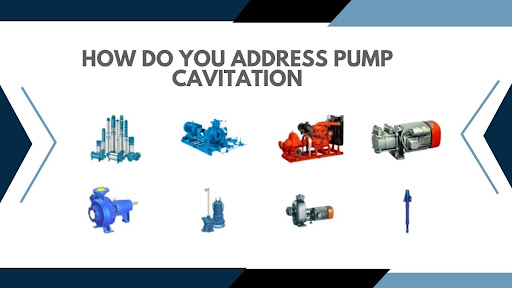
To put it simply, cavitation is the creation and collapse of bubbles in a liquid flowing inside a pump. Bubbles are created due to the drop in pressure in the pump or the supply lines. This can create loud, gravelly noises inside the system. Cavitation is a serious problem for pumps as it can cause corrosion of internal components like motors, seals, and impellers. We at VEMC are the leading industrial pump suppliers in Mumbai, and in this blog, we tell you how to address pump cavitation.
Causes of pump cavitation
- The most common cause of pump cavitation is piping. Either the inlet pipe from the source of water is too short or too long causing pressure variations.
- The use of equipment like strainers or valves can also cause pump cavitation by blocking the free water supply into the pump.
- If the water supply is coming from a tank, less reserve liquid can cause a drop in pressure which in turn causes cavitation.
Signs and symptoms
- Users will usually complain of a loud sound inside the system, somewhat like gravel or coffee beans passing through.
- If your pump is producing lower pressure levels, it could also indicate cavitation.
- Cavitation can also cause unexpected vibrations not accounted for by the equipment used or liquid being pumped.
- Cavitation has a severe impact on your pump impeller. Any pieces or eroded parts of an impeller inside the pump system indicate cavitation.
- Erratic power consumption can indicate cavitation. This happens because bubbles form around the impeller or the impeller itself has begun to fail due to which the pump needs to draw more electricity to move the liquid.
Negative impact of cavitation
When water bubbles form and explode inside the pump, these release latent heat of condensation. The pressure jet created due to this hits the nearby solid surface causing damage to it. While one or a few instances may not cause any significant impact over time the pump can get seriously damaged due to persistent cavitation. Since cavitation takes place when water enters the pump, the first component that bubbles impact is the impeller.
Preventive measures
So here are some ways to troubleshoot your pump cavitation on your own:
- Pump cavitation is usually caused by a drop or imbalance of pressure in the pump. This can be a result of clogs on the suction or discharge side. Make sure you check the filters and strainers for any blockage.
- Make sure your pump is operating at its best efficiency levels by using a pressure gauge or a flowmeter.
- Reconfigure your pipe designs. Pipe designs with inverted U’s on the suction side can trap air. Likewise, pipe designs with a 90 degree right before the pump can cause turbulence inside the pump. Both can cause cavitation.
To know more about cavitation and ways to prevent it, feel free to give us a call at 022 43436655 or email us at marketing@vemc.co.in. We at VEMC are the leading Kirloskar pumps distributors based in Mumbai having more than 70 years of pumping experience.

